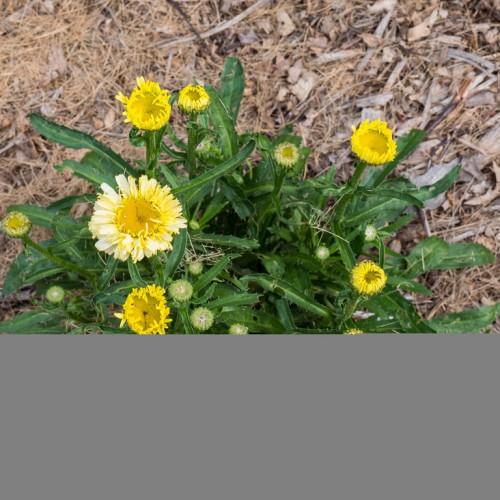
shasta daisy
Leucanthemum 'Real Charmer'
Cycle:
Herbaceous Perennial
Watering:
Minimum
Hardiness Zone:
5 - 9
Flowers:
Flowers
Sun:
Full sun,part shade
Leaf:
Yes
Growth Rate:
High
Maintenance:
Low
Drought Tolerant:
Yes
Care Level:
Medium
watering
Shasta daisies require 1 to 1.5 inches of water per week, preferably applied in 2 or 3 light sessions. Water the daisies in the morning or in the evening, avoiding midday applications. During hot, dry periods, water more frequently. If wilting occurs, increase the amount of water or the frequency of waterings. To conserve water and encourage more frequent bloomings, mulch around the daisies.
sunlight
Shasta daisies (Leucanthemum 'Real Charmer') prefer full sunlight for at least 6 hours per day. If planted in the shade, plants may not produce as many blooms or none at all. Early morning sunlight is preferred as it provides the plant with the needed energy to flower. Too much afternoon sun will scorch the leaves, resulting in dry and wilted flowers. The ideal time for optimal sunlight for this species of daisy is from 8 AM to 11 AM and then again in the late afternoon from 4 PM to 8 PM.
pruning
Shasta Daisies should be pruned when the flower heads begin to fade, typically in early summer. Pruning should involve deadheading, which involves cutting back spent blossoms to the basal foliage which extends from the base of the plant. Removing spent blooms will promote reblooming throughout the summer and encourage bushy, compact growth. Cut back actively growing stem tips by about 1-third. Regular deadheading and occasional cutting back of any floppy growth to a few inches above the basal foliage will help to maintain a tidy appearance. Shasta daisies should be pruned in late winter or early spring to renew the foliage and encourage dense growth.
